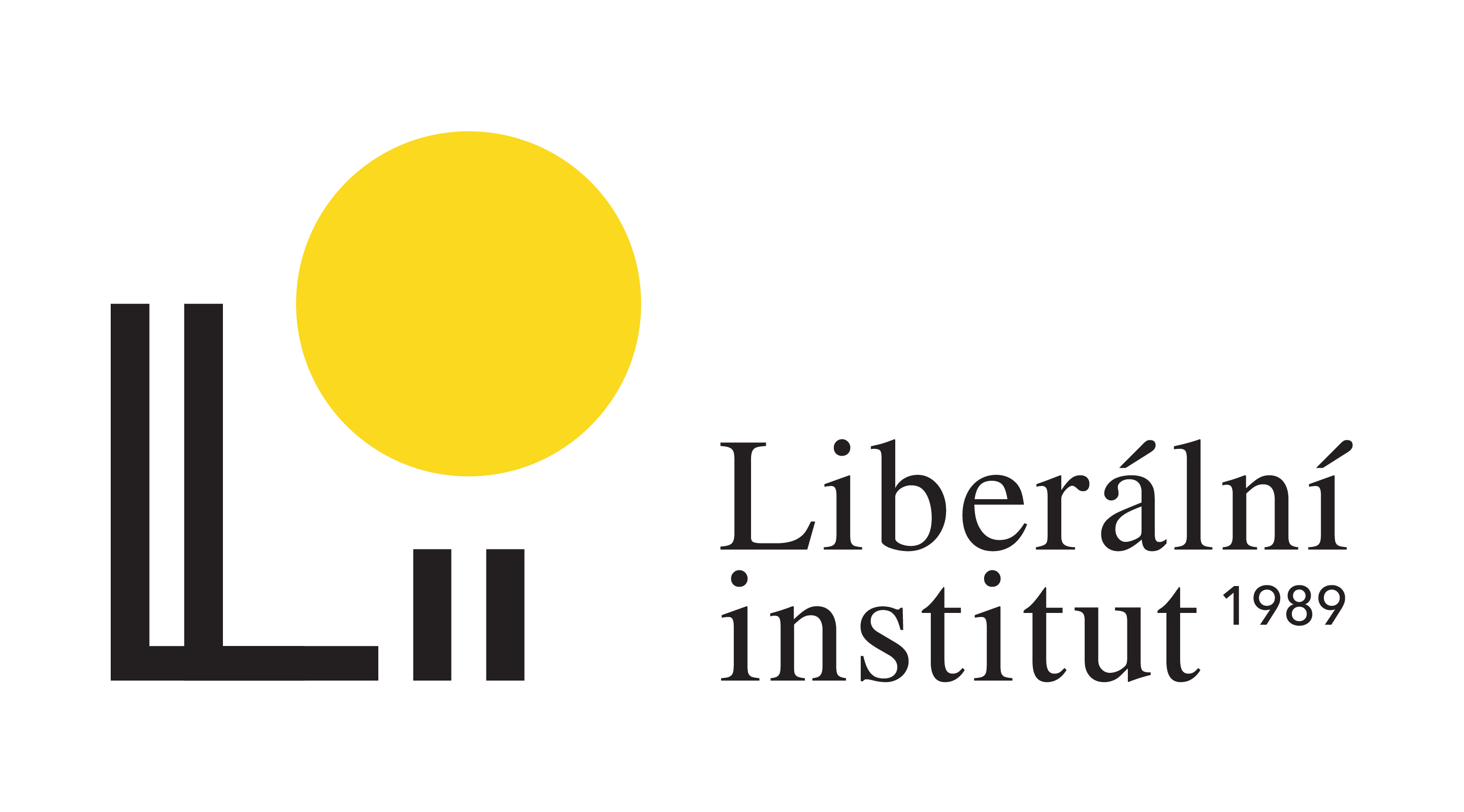
Recent pre-election debates in Bulgarian media have left many people with the impression that the flat income tax is probably the most important “problem” to be solved by the new government. Whether to keep it or to introduce a tax-exempt income threshold, how much exactly this threshold should be, whether to introduce some progressive elements for incomes above a certain amount in order to punish the “rich” with higher taxes, etc. Representatives of all parties without exception entered into this discussion with zeal and enthusiasm, without cherishing time and words to convince voters in their viewpoint.
What statistics show so far about the proportional (also known as “flat”) tax is that it has worked successfully for more than six years now: it generates a constant increase of revenues and encourages people to both work more and declare their incomes. It stands out against many other government policies and systems that barely manage to survive and are sustained by the state –pension insurance, public healthcare and education, judiciary and law enforcement, energy sector, etc.
The question about the failure of these government systems and the urgent need of reform was conveniently not raised in the pre-election debates or if it was, no concrete proposals for change were being discussed. The flat tax was a much more comfortable topic for debate. The arguments of the proportional tax opponents had nothing to do with actual figures or economic theory, but were centered around some subjective perceptions of justice. According to them it is only fair to seize as much as possible from the so called “rich people” in order to punish them for their high income. They ignore the well known historical fact1 that in Bulgaria higher taxes mean more gray economy, because the “rich” always find a way to circumvent paying them.
That was clearly seen after the introduction of the proportional 10 percent income tax in 2008 right before the crisis. Despite the big decrease in the number of employed people (by nearly half a million between 2009 and 2012) the income tax for people working under employment contracts was the only tax, the revenues of which kept increasing during the toughest years for the economy and the budget.
Income Tax Revenues and Total Tax Revenues, million BGN 
Source: Ministry of Finance of Bulgaria
The graph clearly shows that while overall tax revenues dropped sharply in 2009, income tax revenues kept growing – despite the loss of more than 100 000 jobs in 2009 alone. The one and only explanation for the gap between the dynamics of income tax revenues and the number of employed people is that the size of the grey economy had decreased during this period.
It should be mentioned that taxes on personal income include not only the 10% rate for income received under labour contracts but also the patent tax (which has different rates) and income taxes on copyright, creative and similar activities, where the tax is actually lower because of deduction of eligible costs.
In order to check how effective the proportional income tax is, it would be most appropriate to consider only the revenues from taxes on income under labour contracts. Revenues from this tax kept growing between 2008 and 2013. They even grew in 2010, when the total revenues from taxes on personal income decreased slightly, by 17 million BGN. This positive trend continued in 2014. For the first seven months of the year revenues from the income tax on income received under labor contracts reached 1.19 billion BGN compared to 1.04 billion BGN in the previous year, i.e. they increased by about 153 million BGN.
So much for the flat tax – the convenient “chewing gum” in election debates which allows politicians to evade the really problematic and difficult topics. The next time when someone starts “fighting” against this tax, they have to take into account the numbers above. They would also have to explain how the almost certain loss of revenue for the budget will be made up for if a progressive scale of taxation is re-introduced. Because such a loss will inevitably occur as a result of the wider spread of the shadow economy, the outflow of investors and the higher cost of tax administration.
























